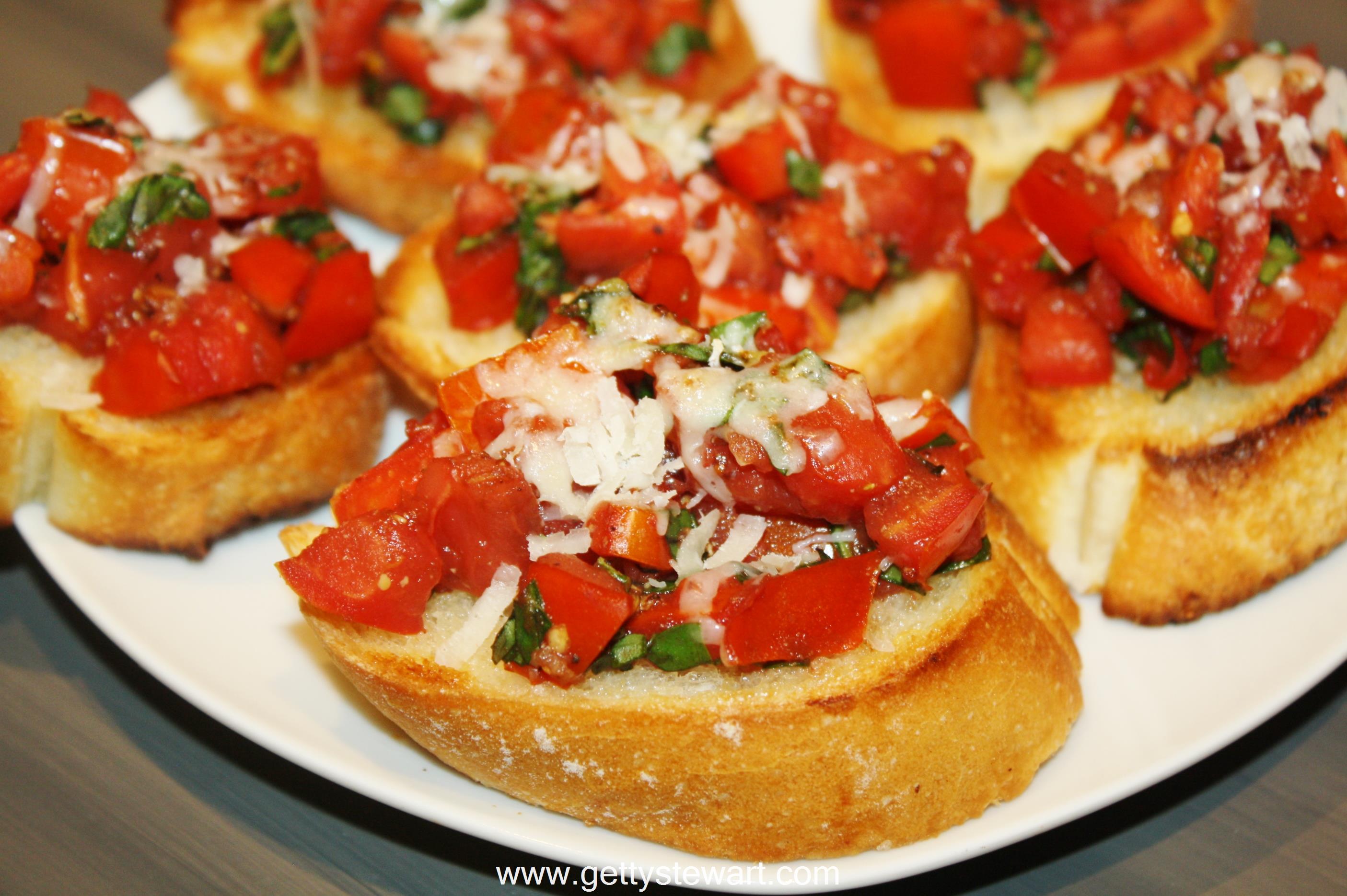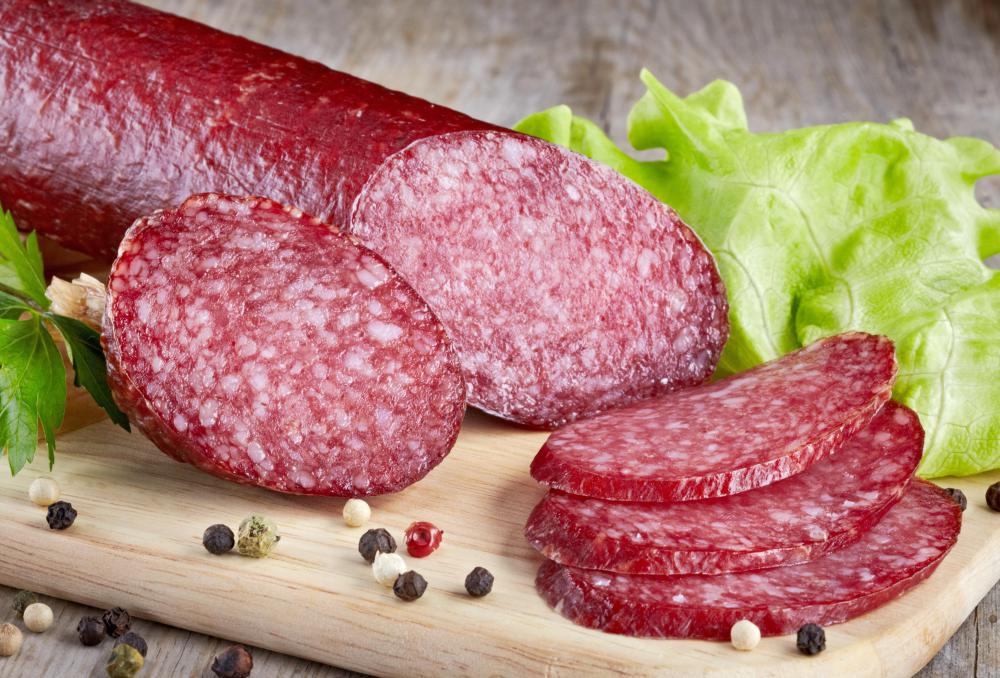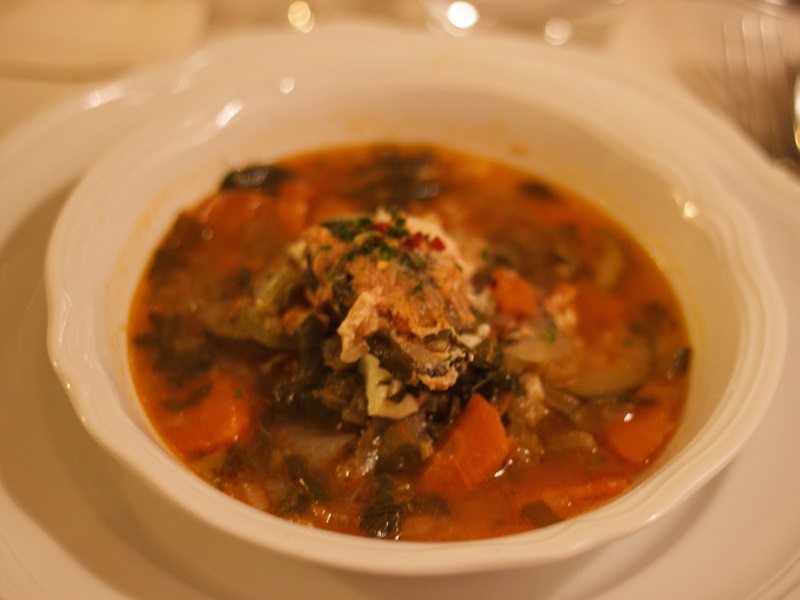Italian Cuisine

Italian Cuisine is usually identified by the slice of pizza that everyone loves, but what people don’t know is that Italian Cuisine has much more depth than that. Throughout the many regions in Italy, the Italian cuisine is identified through the different styles of cooking, eating habits, local ingredients, and the history of the cuisine dating back to pre-Roman era.
Over the decades, the north and the south have continued to have a distinct difference in the Italian Cuisine due to the traditions that they carry. For example the North Italy often prefers a soft egg noodle where the South prefers hard-boiled spaghetti. Many parts of Italy also have specific dishes they are famous for such as Milan is famous for risotto, Naples is famous for their pizza, and Bologna has a history with tortellini.

A Few Examples of Different Italian Cuisines
Antipasto (appetizers)
- Prosciutto--an Italian dry-cured ham that is usually thinly sliced and served uncooked; this style is called prosciutto crudo in Italian and is distinguished from cooked ham, prosciutto cotto.

- Bruschetta –-an antipasto from Italy consisting of grilled bread rubbed with garlic and topped with tomatoes, olive oil, salt and pepper

- Crostini–-means "little toast" in Italian. Crostini are an Italian appetizer consisting of small slices of grilled or toasted bread and toppings.

- Salami--a type of cured sausage consisting of fermented and air-dried meat, typically beef or pork.

- Caprese Salad--a simple Italian salad, made of sliced fresh mozzarella, tomatoes and basil, seasoned with salt, and olive oil. It was made to resemble the colors of the Italian flag: red, white, and green.

Soups
- Minestrone Soup-- a thick soup of Italian origin made with vegetables, often with the addition of pasta or rice. Common ingredients include beans, onions, celery, carrots, stock, and tomatoes.

- Pasta E Fagioli--meaning "pasta and beans", is a traditional meatless Italian dish. Like many other Italian favorites including pizza and polenta, the dish started as a peasant dish, being composed of inexpensive ingredients.

- Acquacotta--an Italian soup that was originally a peasant food. Historically, its primary ingredients were water, stale bread, onion, tomato and olive oil,along with various vegetables and leftover foods that may have been available.

Italy has over 650 different types of Pasta’s all that can be cooked in various ways. Fish and meat dishes are known to be just as great, especially near the coasts of Italy. The common pizzas and breads, bakes fresh are always very yummy.
Italian Recipes
Ciabatta Bread Recipe
Prep time: 20 minutes Cook time: 20 minutes
Ingredients:
1/8 teaspoon active dry yeast
2 tablespoons warm water (110 degrees F/45 degrees C)
1/3 cup warm water
1 cup bread flour
1 1/2 teaspoons bread machine yeast
1 1/2 teaspoons salt
2 cups bread flour
1 tablespoon olive oil
2/3 cup warm water
2 tablespoons warm milk (110 degrees F/45 degrees C)
Directions:
- To Make Sponge: In a small bowl stir together 1/8 teaspoon of the yeast and the warm water and let stand 5 minutes, or until creamy.
- In a bowl stir together yeast mixture, 1/3 cup of the water, and 1cup of the bread flour. Stir 4 minutes, then cover bowl with plastic wrap.
- Let sponge stand at cool room temperature for at least 12 hours and up to 1 day.
- To Make Bread: In a small bowl stir together yeast and milk and let stand 5 minutes, or until creamy.
- In bowl of a standing electric mixer fitted with dough hook blend together milk mixture, sponge, water, oil, and flour at low speed until flour is just moistened.
- add salt and mix until smooth and elastic, about 8 minutes.
- Scrape dough into an oiled bowl and cover with plastic wrap.
- Let dough rise at room temperature until doubled in bulk, about 1 1/2 hours. (Dough will be sticky and full of air bubbles.)
- Turn dough out onto a well-floured work surface and cut in half. Transfer each half to a parchment sheet and form into an irregular oval about 9 inches long.
- Dimple loaves with floured fingers and dust tops with flour. Cover loaves with a dampened kitchen towel.
- Let loaves rise at room temperature until almost doubled in bulk, 1 1/2 to 2 hours.
- At least 45 minutes before baking ciabatta, put a baking stone on oven rack in lowest position in oven and preheat oven to 425 F (220 degrees C).
- Transfer 1 loaf on its parchment to a rimless baking sheet with a long side of loaf parallel to far edge of baking sheet.
- Line up far edge of baking sheet with far edge of stone or tiles, and tilt baking sheet to slide loaf with parchment onto back half of stone or tiles.
- Transfer remaining loaf to front half of stone in a similar manner. Bake ciabatta loaves 20 minutes, or until pale golden.
- Cool loaves on a wire rack.
















